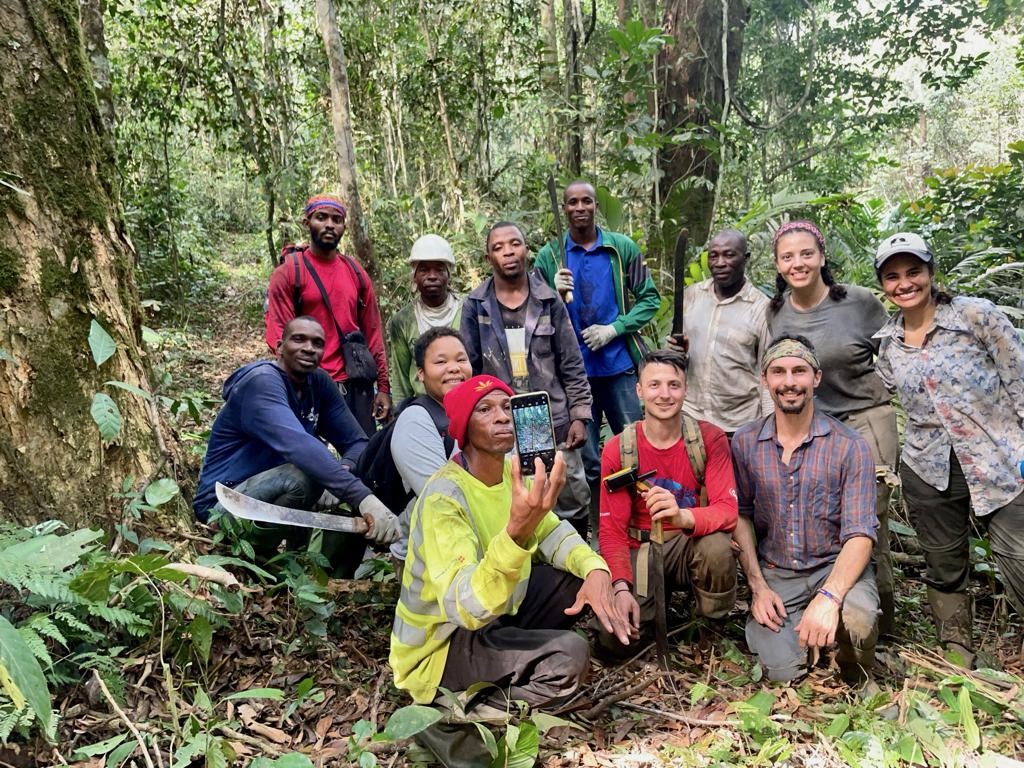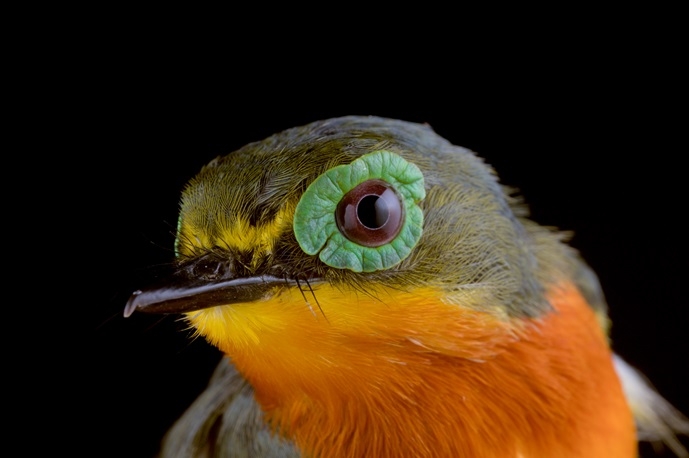Ecology and Conservation of Tropical Rainforests - RAINFORESTS
RAINFORESTS is dedicated to conservation ecology in tropical rainforests. We work mostly on applied conservation projects that can achieve a direct impact on biodiversity protection.
Specifically, our objectives are to:
1) Understand basic patterns of biodiversity with respect to tropical forest degradation. In tropical rainforests, and in Africa in particular, deforestation and forest degradation are rampant, but it is poorly understood which flora and fauna will be the winners and losers as things are degraded and deforested. Understanding and quantifying the effect of forest degradation on biodiversity is a basic pillar of our work. Camera trapping, eDNA and bird banding/ringing are examples.
2) Develop a mechanistic understanding of tropical forest ecosystems. Some organisms are considered keystone species or ecosystem engineers: both have an outsized effect on the ecosystems in which they reside. How these crucial organisms interact and provide resources for other organisms in the ecosystem is critical to understanding ecosystem function, and thus to conserving fully functional ecosystems in the face of rampant forest degradation. Our project understanding the relationship between African Driver Ants (Dorylus) and ant-following birds (among other dependents) is an example.
3) Understand the value of tropical forest ecosystem services that benefit humanity. Biodiversity provides a plethora of "free" ecosystem services to humanity, such as pollination, pest control, and seed dispersal, but mostly these are poorly understood and their values are typically not factored into the cost of products that take up space that would otherwise be tropical forest (e.g. oil palm, cacao, cashew, etc). We seek to understand the rainforest biodiversity that benefits humanity. Our studies of the birds, bats, and insects that eat pests of and pollinate cocoa (chocolate) are examples.


